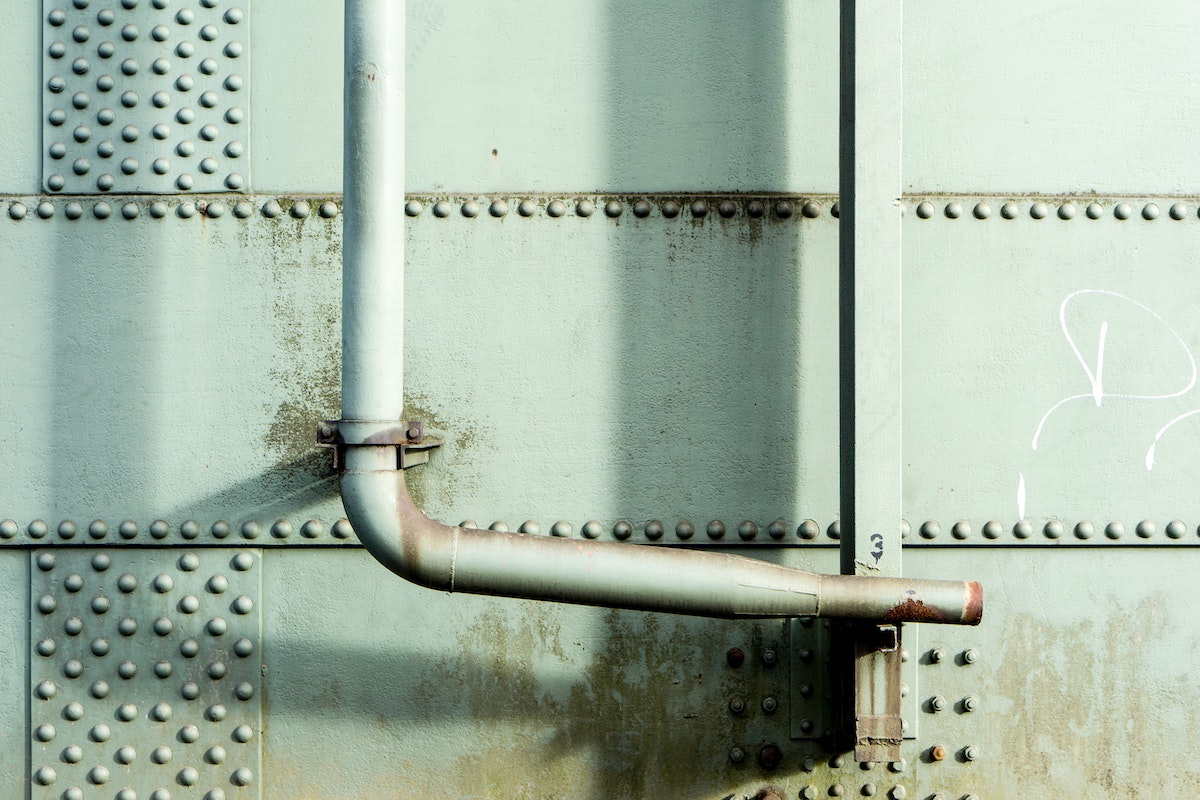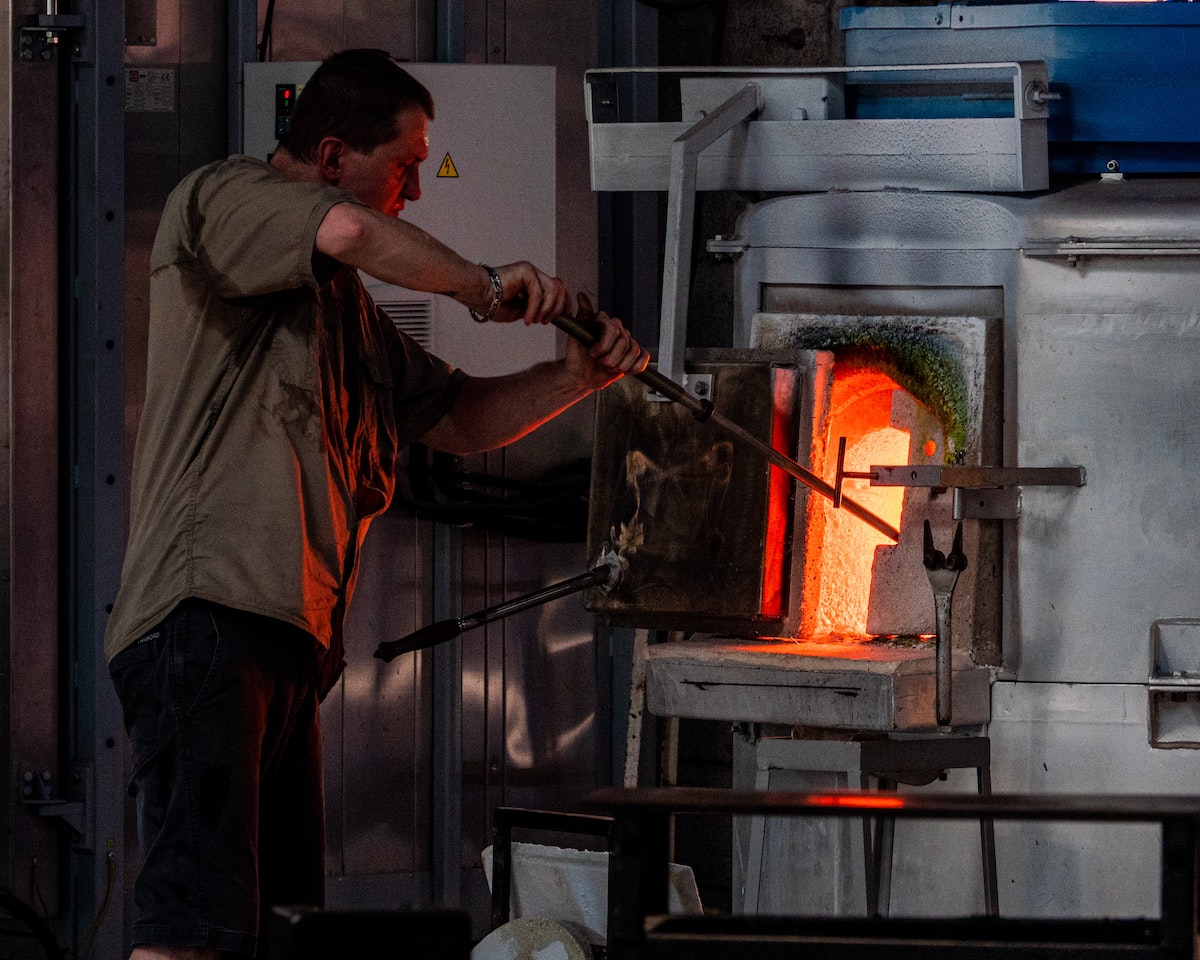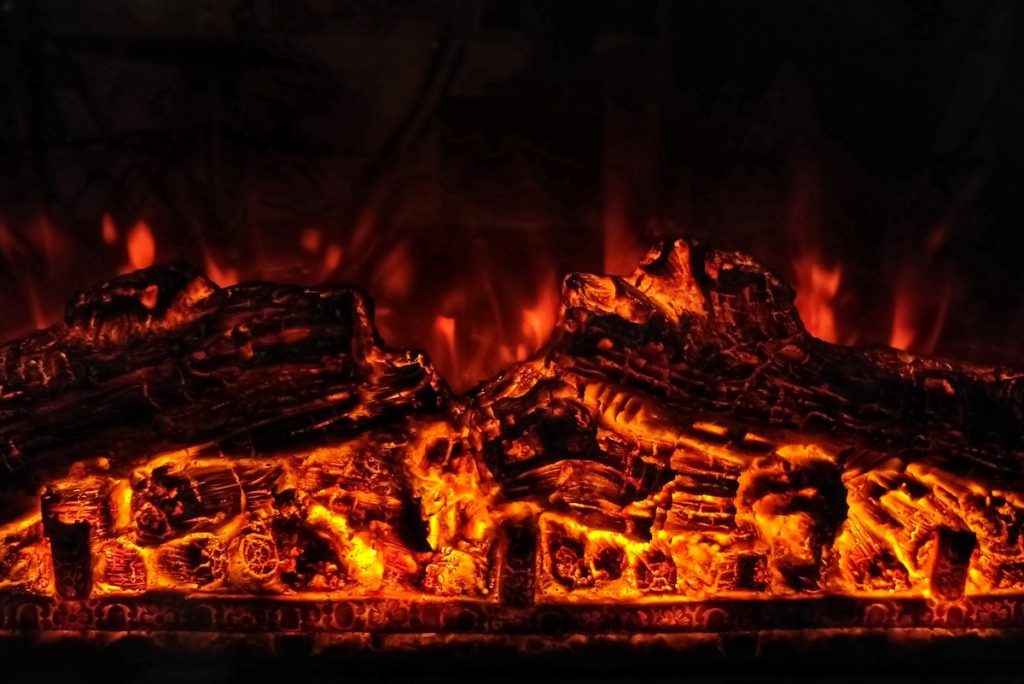For homes located in colder climates, their furnace is one of the most important appliances around. After all, the last thing homeowners want is to come home to a frosty house. With a fully functional furnace, you and your family can stay warm during the winter season.
However, a furnace is just like your other appliances. While they are designed to last a long time, they’ll eventually wear out once they reach a decade.
Furnace repair is the immediate option for homeowners who wish to save their current unit. But there are times when your furnace is beyond repair. When that happens, a furnace replacement is your only choice.
Furnace Replace vs. Furnace Repair: Which One Do You Need?
There are many things that can cause your furnace to stop working. Common reasons include carbon monoxide emission, clogged furnace filter or a broken thermostat. No matter what the reason is though, it’s important to assess your furnace before you replace or repair it.
How do you know if a simple home repair can save your furnace or if it’s time to replace your unit? Consider the following scenarios.
Your Furnace Is More Than 15 Years Old

Even the best furnaces don’t last forever. According to the US Department of Energy, furnaces have a lifespan of 15 to 30 years. This duration, however, varies by furnace quality, furnace brand and other factors. But once your heater reaches its tenth year, it will show signs of wear, which may require frequent and costly repairs.
Instead of continuously monitoring an old furnace for repairs, it’s more economical to replace the furnace with a newer unit.
Your Furnace Isn’t as Effective as Before
Are you always running back and forth to adjust the thermostat so you can maintain a comfortable atmosphere? Are some rooms in your home warmer than the others? Does the air feel humid or muggy? If yes, these are signs that your furnace is no longer as effective as it was before.
If your systems weren’t as powerful as the previous winter seasons — despite similar household routines and temperatures — your system could be losing power or your duct system is outdated. If your system continues to worsen after two more heating sessions, it’s time to repair or replace your furnace.
You can repair the furnace if your system is less than 15 years old and the repairs aren’t too costly, meaning it wouldn’t exceed 50 percent of the replacement costs.
A furnace replacement is ideal if your unit is nearing the end of its lifetime. Repairs will only be a temporary fix that costs time and money.
The Repair Costs are Over Half of the Replacement Costs
When considering a furnace replacement or repair, experts recommend replacing your system when the repair will exceed 50 percent of the replacement costs. If your old unit has also exceeded 75 percent of its life expectancy, consider purchasing a new one to save more time and money.
Your Heating Bill Continues to Increase
If you notice there’s a significant increase in your recent heating statements, your furnace is most likely consuming excessive energy. If you’re using your furnace economically and the heating bill continues to rise, it’s time to have your furnace repaired.
As your furnace ages, its internal parts start to wear down, which causes the entire system to work harder to keep up with your heating needs. The increased strain forces the furnace to use more energy, which reflects on your bill.
In this case, consider the following when determining whether you should repair or replace your furnace.
Repair your furnace if it’s less than 15 years old. The cost of the repairs would not be as expensive as it would be if your furnace is more than 15 years old. On the other hand, replace the furnace if it is at its end and is more likely to incur steep heating costs and frequent repairs.
How Do You Diagnose a Furnace Problem?
If your furnace isn’t turning on, your first troubleshooting measure is to check the “Heat” mode to see if it’s activated. Next, increase the temperature to a few degrees to see if the furnace will turn on. If it doesn’t, you might be dealing with a blown or tripped fuse or circuit breaker.
Check your circuit breaker panel, too. Open the panel and look for the circuit that controls your electric or gas furnace. If the circuit’s toggle is on the “Middle’ position, you’re dealing with a tripped circuit breaker. To fix this, just switch the toggle to the “Off” position before switching it back on.
If these don’t work, and you’ve repaired this unit multiple times, it’s time to replace your furnace.
What is the Average Cost to Replace a Furnace?
On average, the total cost for replacing a furnace, including the equipment, labor and materials, is $5,500. The price range hovers between $2,500 and $6,200, depending on the size and type of the furnace. Here’s a breakdown of the cost of furnace replacement by type, as well as the total replacement cost for each.
- Natural gas. $800 to $2,800. Total replacement cost. $3,800 to $10,000
- Propane. $900 to $5,000. Total replacement cost. $3,000 to $6,000
- Electric. $500 to $1,100. Total replacement cost. $2,00 to $7,000
- Solar. $15,000 to $30,000. Total replacement cost. $15,000 to $30,000+
- Oil. $1,900 to $3,100. Total replacement cost. $6,700 to $10,000
Many homeowners wonder if their home warranty will cover the replacement. A home warranty, which is a contract that covers all replacement and repair costs due to wear and tear, offers coverage for heating systems, which include furnaces. Most of these warranties, however, do not cover pre-existing conditions.
Can You Replace a Furnace on Your Own?

Similar to any home improvement project, you can DIY your furnace replacement. However, it is still advisable that you consult with an HVAC professional. Working with a pro ensures a safe installation of your new unit. But if you insist on DIY your furnace replacement, just thread with caution and follow the manufacturer’s standards.
Here are some steps to keep in mind when replacing an electric or gas heater for your home.
What Kind Do You Need?
Look for a high-efficiency condensing furnace with the same overall heating capacity as the one you’re replacing. If possible, buy a unit with a variable-speed blower. The furnace can be smaller in size, but make sure the unit you choose fits your space at home.
If you need help with making a purchase, Consumer Reports offers an extensive guide on how to buy your replacement furnace.
What Other Parts Do You Need?
When you replace a furnace, you are hooking up gas, air, exhaust, electricity and intake. All of the materials you need are available at your nearby home improvement shop, with the exception of the condensate pump (you’ll need a pro’s help for this).
If you are replacing your furnace from scratch, you might need the following:
- A supply air plenum to guide the heated air out. You’ll cut holes in the plenum to connect it to the supporting ducts.
- A return air box, which is a big sheet metal box, is the perfect place to set your furnace on. It can also hold the filter.
How Can You Set Up Your Furnace?
Start by reading the manual. Most furnaces come with a detailed installation manual. These manuals offer written (and drawn) explanations on how to hook up your furnace to your home. Spend an hour reading the manual from cover to cover before beginning the installation.
Next, be mindful of the household air. If you are replacing an existing unit, be careful with how you extract your old furnace from the metal boxes. You can extend or reshape them if necessary. If you have an air conditioning unit, you’ll see a separate metal box for other materials. Just leave it in place and be careful to not break the wires and tubes.
Third, run two pieces of 3” PVC pipes from your furnace to another place outside of your home. Make sure you get a classy cut. Cut the pipes with a Sawzall or a miter saw and glue them with PVC glue and a purple PVC primer.
If your current unit has a gas line, complete the installation with a shutoff. In most cases, you can easily connect your new furnace to a gas connector. But if you must change the routing, turn off the gas supply and unthread your black gas pipe with a pipe wrench.
If you are working with an electric furnace, all you must do is connect it to a household circuit. White is neutral, copper/green is ground and the black wire is hot. Just make a connection inside the furnace’s junction box. You can also wire on a cord and plug your unit into the nearest outlet.
When a repair is no longer an option, a furnace replacement should be on top of your home maintenance to-do list. This ensures your home stays warm and cozy, even during the winter months. If you have more questions on furnace replacement, get in touch with your local HVAC pro.

